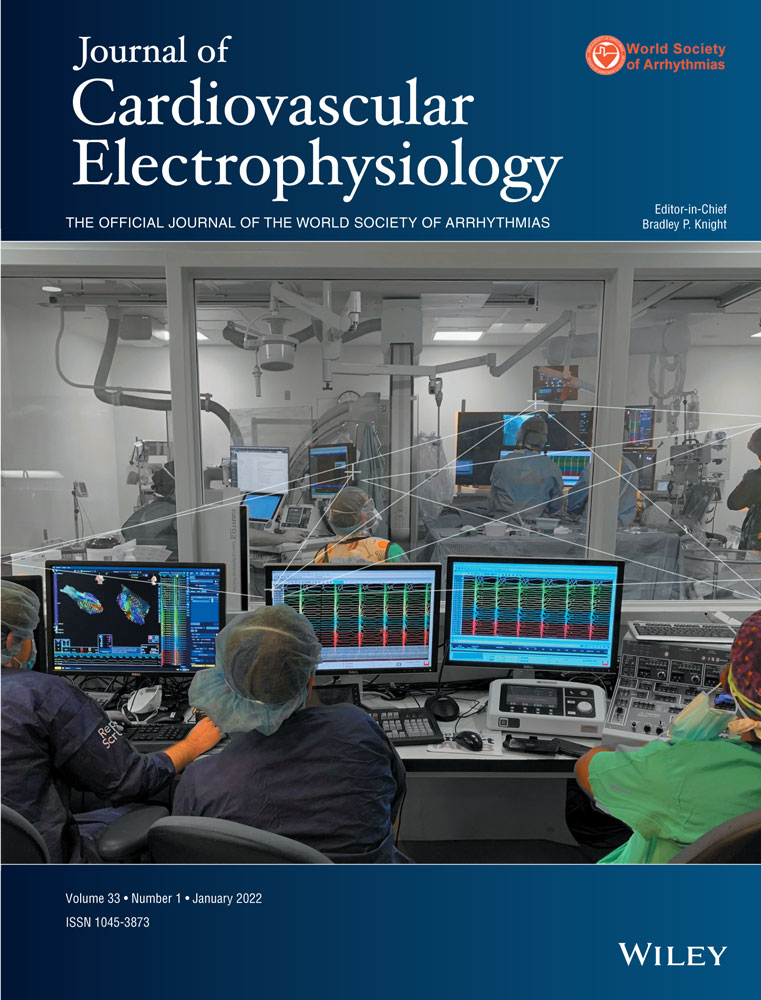Procedural and short-term results of electroanatomic-mapping-guided ganglionated plexus ablation by first-time operators: A multicenter study
Disclosures: None.
Abstract
Introduction
Single-center observational studies have shown promising results with fragmented electrogram (FE)-guided ganglionated plexus (GP) ablation in patients with vagally mediated bradyarrhythmia (VMB). We aimed to compare the acute procedural characteristics during FE-guided GP ablation in patients with VMB performed by first-time operators and those of a single high-volume operator.
Methods and Results
This international multicenter cohort study included data collected over 2 years from 16 cardiac hospitals. The primary operators were classified according to their prior GP ablation experience: a single high-volume operator who had performed > 50 GP ablation procedures (Group 1), and operators performing their first GP ablation cases (Group 2). Acute procedural characteristics and syncope recurrence were compared between groups. Forty-seven consecutive patients with VMB who underwent FE-guided GP ablation were enrolled, n = 31 in Group 1 and n = 16 in Group 2. The mean number of ablation points in each GP was comparable between groups. The ratio of positive vagal response during ablation on the left superior GP was higher in Group 1 (90.3% vs. 62.5%, p = .022). Ablation of the right superior GP increased heart rate acutely without any vagal response in 45 (95.7%) cases. The procedure time was longer in group 2 (83.4 ± 21 vs. 118.0 ± 21 min, respectively, p < .001). Over a mean follow-up duration of 8.0 ± 3 months (range 2–24 months), none of the patients suffered from syncope.
Conclusion
This multi-center pilot study shows for the first time the feasibility of FE-guided GP ablation across a large group of procedure-naïve operators.
Open Research
DATA AVAILABILITY STATEMENT
The data that support the findings of this study are available on request from the corresponding author.




